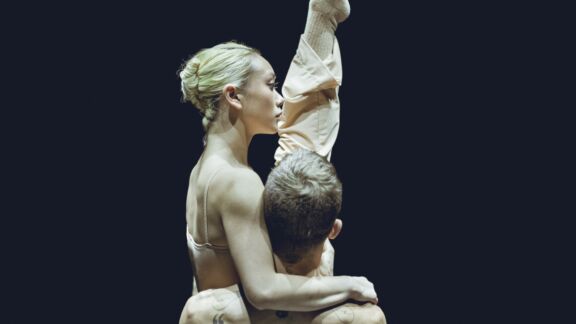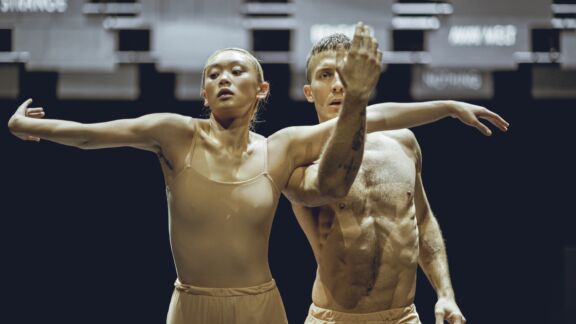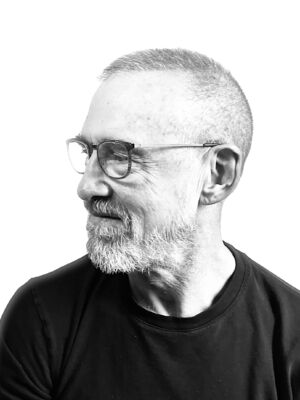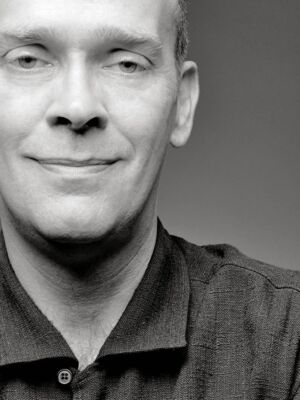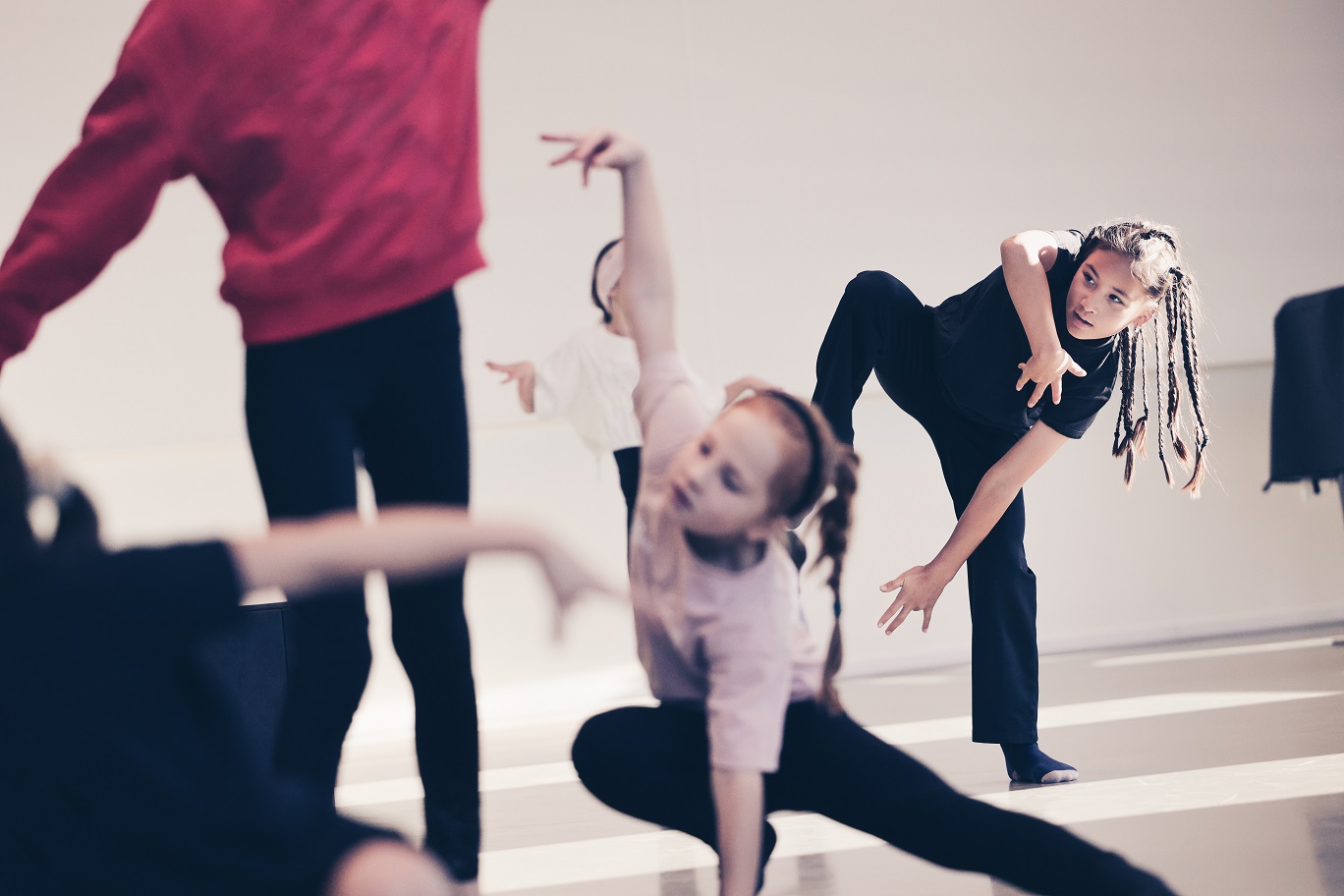William Forsythe galvanized the international dance world with his dynamic approach to the art form. Forsythe’s keen interest in the intricacies of choreographic organization informs the breadth of his significant oeuvre. After only a short run during the height of COVID-19, NDT felt it imperative to re-stage this programme that marks a revival of the company’s long relationship with Forsythe. The evening is accompanied by music composed by Forsythe’s longtime collaborator Thom Willems.
N.N.N.N. (2002) appears as a mind in four parts: four dancers in a state of constant, filagree connection. Underscored by the subtle, murmured flashes of Thom Willems music, the dancers enter into a complex, intense music making of their own. Their arms, heads, bodies and legs become singular voices, each tuned and in counterpoint to the others. The dancers complex breath score allows them to coalesce into a linked entity of flinging arms, folding joints and a sharp, high sense of time. N.N.N.N. is the work upon which 12 N was based, but never performed due to pandemic conditions. It is now to be seen in its original form with all of its musical structures intact.
Of Any If And (1995) is an intimate and virtuoso duet framed by instances of language which eventually evaporate around them: a cloud of small, text-inscribed panels that intermittently descend towards the stage. The panels’ texts are fragments from Lucretius’ On the Nature of Things, written in reverse, in which he described the decomposition of a body. This is one of a series of works Forsythe composed after the death of his wife in 1994. The duet embodies a seriousness of purpose, a forensic intensity in the performers’ bid to engage with classical technique while deconstructing its usual framework.
For all the hazardous torrent of dancers moving relentlessly around metal tables, One Flat Thing, reproduced (2000) is actually a purposeful chapter in Forsythe’s ongoing research into the distension of contrapuntal structure. The work is set up as a linked “machinery” that is created through the interaction of three systems of organization: numerous individual movement themes, a dense system of distributed cueing, and complex alignments of forms and/or movement flow. Although the dancer’s field of action is seriously delimited, the unforgiving maze of tables also offers the unusual possibility of composing interrelated action on three levels.





